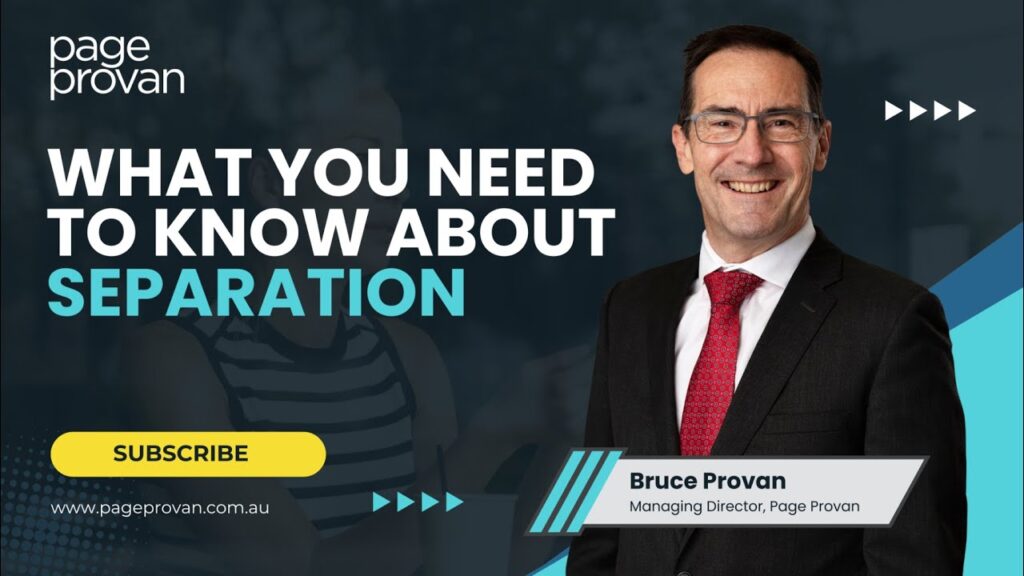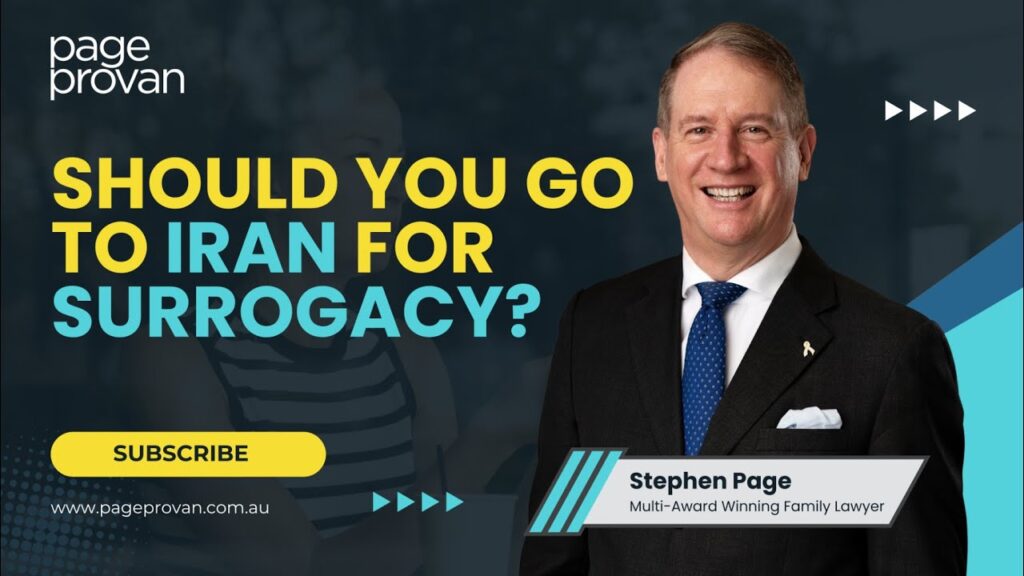Dame Quentin Bryce’s taskforce tackles LGBTI domestic violence
The taskforce recognised the special difficulties concerning the issue of domestic violence for LGBTI people and recommended that there be changes to allow LGBTI people to be able to identify that what is happening to them is domestic violence, and be able to get support:
“This non-violent, homosexual advance stuff is regularly in the media. People will talk about that, but no one talks about the DV…”
from a contributor to the Taskforce
The true nature and extent of domestic violence suffered by lesbian, gay, bisexual, transgender, and intersex (LGBTI) members of the community remains largely hidden. Comparatively little data and research exists on the prevalence of domestic violence experienced by people that identify as LGBTI. While focus on this issue is growing, both in academia and in policy, there is general acknowledgement that this violence is largely under-reported, under-researched, and under-responded.32
Prevalence of the violence
The limited research that does exist suggests that LGBTI people suffer domestic violence at the same rates or perhaps even higher than those in the broader community. In a 2006 survey, 33% of LGBTI respondents reported as having been in a relationship with a verbally or physically abusive partner.33 Similarly, in a 2008 study approximately a third of participants who had been in same-sex relationships reported having been subject to abuse by their partners.34 A 2010 study of male same-sex intimate partner violence found that it occurred at similar rates to that of opposite-sex relationships.35 Other studies by ACON (2006) and Messinger (2010) have also found significant levels of violence within same-sex relationships, including within female same- sex relationships.36
Nature of the violence
Research identifies a uniqueness in the LGBTI experience of domestic violence. While there
are similarities in perpetrator behaviour in the broader community as in the LGBTI community (e.g. in the form of the physical, sexual and emotional abuse or in the triggering context for the violence), there are particular stressors and factors that are unique for the LGBTI community.37 An example of a distinctive form of abuse is the threat of ‘outing’ a partner to their family and friends to control an individual.38 This action is designed to exacerbate the fear and isolation that may already exist for the person as a result of lived experiences of societal homophobia.39
Also relevant to the uniqueness of the LGBTI experience is the lack of awareness of what domestic violence looks like in that particular context. Not meeting the traditional gendered model of domestic violence means that some victims may not recognise what they are experiencing.40 A woman who is experiencing domestic violence in her first lesbian relationship, for example, may struggle to recognise what acceptable or unacceptable behaviour is in that particular context.41
“as a gay man, you’re always hearing don’t be such a faggot. Don’t be such a fag. Whatever that means to whoever’s telling you this — in a relationship, if you’re coming in having heard all that…”
from a contributor to the Taskforce
The lack of modelling of healthy, respectful LGBTI relationships may mean that young people do not have an understanding of what is appropriate, or an ideal from which to build a healthy and resilient relationship.43
Barriers to support
Similar to those in the broader community, there are social, political and legal impediments for LGBTI people in seeking assistance when suffering domestic violence.44 However, there are a number of unique barriers in the LGBTI community, which are broadly reflective of wider issues of stigmatisation and marginalisation.45 In particular, homophobia and discrimination are identified in the research as key barriers for LGBTI victims seeking the assistance they require.46
The isolating effects of discrimination and homophobia may mean that victims are already removed from support networks such as family and friends.47 This initial isolation is then compounded by the isolating impacts of the violence.48 There is some hope though that these concerns may be easing through the concerted efforts of criminal justice agencies to be more inclusive. As one member of the LGBTI focus group stated:
“…(the) Queensland Police Service have – they’ve got liaison officers and all that sort of stuff now. They’re a lot more open to people coming to them about domestic violence… in the gay community.”
from a contributor to the Taskforce
Unfortunately this barrier in reporting domestic and family violence continues to exist, with research demonstrating that even people who felt supported by law enforcement in reporting domestic violence experienced initial reluctance to contact the police as a result of perceived institutional or interpersonal homophobia.49
The Taskforce recommends that the Queensland Government includes LGBTI specific elements in the communication strategy to raise awareness of domestic and family violence in the LGBTI community, remove the stigmas around reporting and seeking help, and provide LGBTI victims with advice on where to go for support.
A lack of awareness, education and training as to the experiences of those in the LGBTI community meant that generally service providers were not able to provide these clients with the support they required.52 While the study indicated that LGBTI clients were eventually able to locate appropriate services, this was generally after negative experiences with providers and substantial searching for one that met their needs. Examples of negative experiences included men unable to locate necessary services or alternative accommodation, and in some instances transgender clients being referred for sexual reorientation instead of domestic and family support.53
Implications
The diversity and uniqueness of domestic violence experiences in the LGBTI community, as compared to the broader community, is a clear barrier to these victims receiving the support they require. As this violence doesn’t conform to the traditional gender model, there is a nuance and complexity that needs to be acknowledged in research and policy into the issue.54 While this violence largely remains hidden in our community, occasionally its existence is brought sharply into mainstream view.
In October 2014, Queensland was shocked by the death of transgender woman Mayang Prasetyo who was murdered, and her body subsequently mutilated, by her male partner. He later killed himself after being confronted by the police. This murder remains a devastating reminder of the existence and reality of domestic violence for LGBTI people, and the barriers we face as a community in addressing it. It is critical that the wider community continues to seek out, hear and respond to the voices and experiences of those in our LGBTI community who experience domestic violence, to ensure their stories are not lost.












